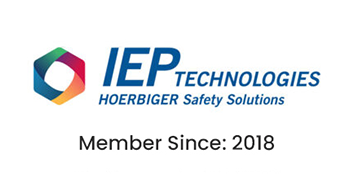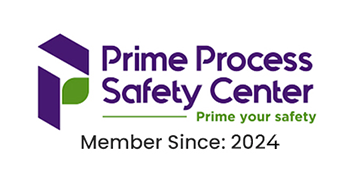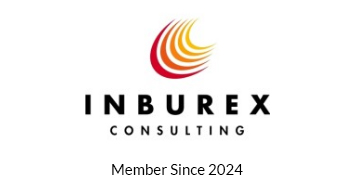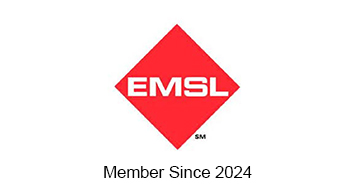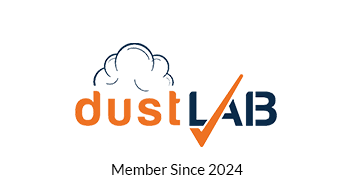Find a Professional Tool: Combustible Dust Testing
Combustible dust testing is typically completed following ASTM E1226: Standard Test Method for Explosiblity of Dust Clouds and ASTM E1515: Standard Test Method for Minimum Explosible Concentration of Combustible Dusts or other equivalent international test methods.
Dust Testing includes:
Need Combustible Dust Testing Today?
Use the interactive map below to find a testing laboratory, or subject matter expert near you, or scroll below to find a full list of companies that provide dust testing services.
Didn't Find a Company in your Area?
Contact our team using the form here (leave supplier information blank) and our team will work to find someone in your area.
Description of Combustible Dust Testing Parameters
What is Combustible Dust Testing?
Dust testing is a specialized form of dust testing that focuses on materials prone to combustion when dispersed in the air, causing a dust cloud, and potential dust explosion. Dust testing is crucial for industries, to prevent combustible dust explosions, where combustible dust and combustible dust explosions pose significant safety risks.
A dust sample is also a critical process used to evaluate a dust layer and potentially other combustible dust hazards. For example, dust samples of wood dust in a dust layer may have other hazardous materials mixed in, near a hot surface, causing a flash fire or dust explosion.
In a recreation of a dust cloud, a dust sample is dispersed in a Hartmann tube, by a pulse of compressed air and attempts are made to ignite it by an electric spark of known energy. Laboratory testing of these bulk materials, and analyzing the dust and a dust cloud potential, for a combustible dust explosion, can be a cost effective method for prevention. As a result, testing will help prevent fire hazards, combustible dust hazards, and dust explosions, and increase combustible dust hazard management.
Some of the dust testing parameters, to prevent a combustible dust hazard, and dust explosions include:
A further description of Explosion Prevention Parameters includes:
- 1The Minimum Ignition Energy (MIE): determines the minimum energy of an electrostatic or mechanical spark capable of igniting dispersed dust under ambient conditions.
- 2The Minimum Ignition Temperature – Dust Cloud (MIT-cloud) test determines the relative minimum ignition temperature at which a given dust cloud will “auto-ignite when exposed to air heated in an oven at atmospheric pressure.
- 3The Limiting Oxygen Concentration (LOC), does not support deflagration when a dust cloud atmosphere with an oxygen concentration below its Limiting Oxygen Concentration (LOC).
- 4The Hot-Surface Ignition Temperature (HSIT) of a dust layer is the minimum temperature required to ignite the dust in a layer form, on hot surfaces.
- 5Lastly, flammability parameters such as Burn Rate, Layer Ignition Temperature (LIT), Auto Ignition Screening (Grewer), and others characterize the combustion and burning behavior of the material.
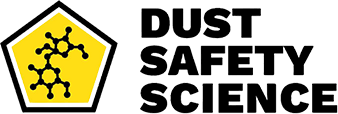
Join as a Member Company
Get in front of companies that handle potentially combustible dusts and those that support them.

